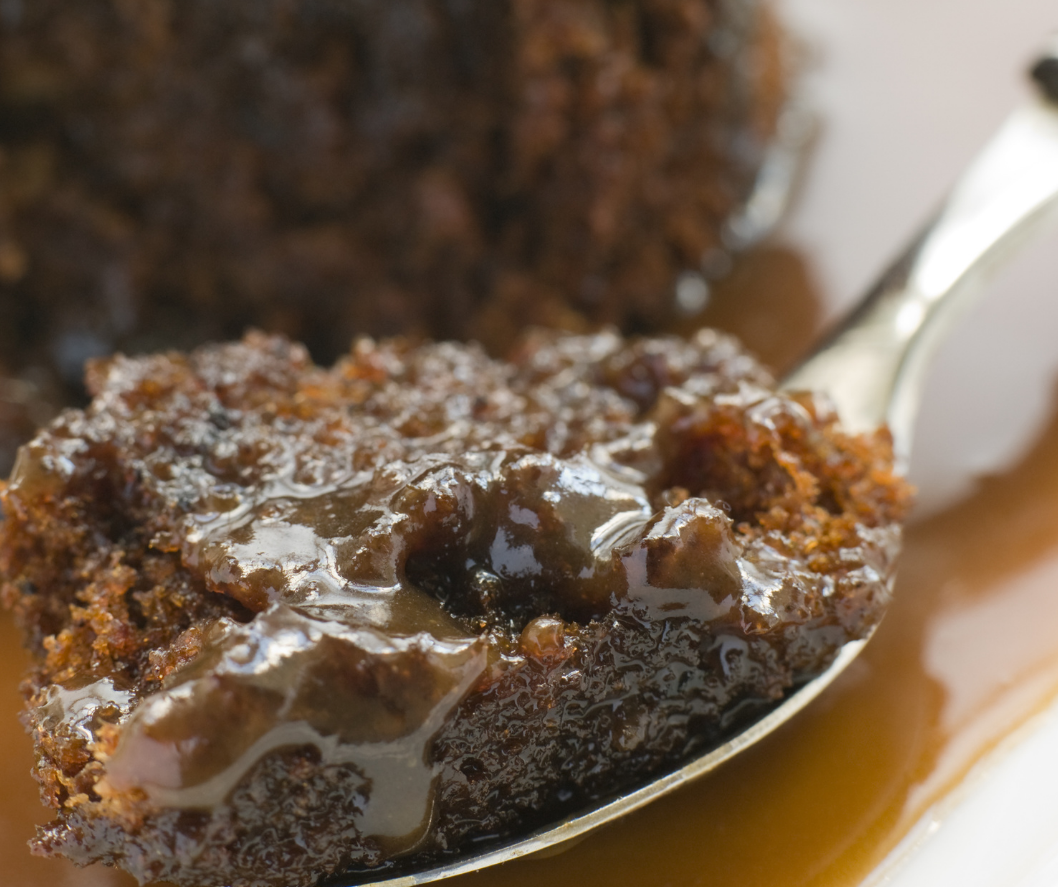
British Roots in Canada
British influence in Canada runs from Loyalist homesteads to seaside chippies and prairie tea tables. After the American Revolution, tens of thousands of United Empire Loyalists resettled in British North America, shaping the Maritimes and the new Upper Canada (Ontario) with English-language institutions and everyday British foodways. By 2021, ancestry from the British Isles remained among the country’s largest: English (~5.3 million), Scottish (~4.39 million), and Irish (~4.41 million) Canadians together form a deep cultural seam in the population. ou can taste it across the map—fish and chips as a staple from Newfoundland to the West Coast, meat-pie traditions and roast suppers in English Canada, and a tea-and-baking culture that still anchors community halls and small-town kitchens. Even uniquely Canadian sweets carry that lineage: the butter tart, an iconic dessert of English Canada with ties to British treacle and other Old World tarts, became a point of local pride and festival trails in Ontario. In short, British heritage here is both historic and everyday—felt in our language and laws, and tasted in the comforting, familiar dishes that made their way from island kitchens to Canadian tables.
















British-Canadian
A weeknight casserole the way many of us grew up eating it here—simple, satisfying, and built from pantry staples. Tender chicken, mushrooms, and spinach tucked into a creamy sauce sparked with English mustard. It’s humble, it’s cozy, and it feeds a table without fuss.
Every Canadian who’s spent a summer in London knows this drink — cool, colourful, and unmistakably British. Pimm’s Cup is the taste of long, lazy afternoons in city gardens, boat races on the Thames, and picnics in Hyde Park. It’s light, slightly herbal, and just a little posh — the kind of cocktail that feels right at home at a patio lunch or garden party back home, too.
Hearty and nostalgic, steak and kidney pie is the kind of comfort food that made its way from British pubs to Canadian kitchens generations ago. It’s the sort of dish you’d find bubbling away in a family kitchen on a cold prairie evening — tender beef, rich gravy, flaky crust, and that unmistakable aroma that fills the house. It’s old-fashioned in the best way: slow-cooked, deeply savoury, and made to be shared.
Bubble and squeak is the ultimate leftover magic: yesterday’s roast potatoes and cabbage (plus whatever veggies you have) turned into a crisp-bottomed, flavourful fry-up. It’s British comfort-food at its best — hearty, forgiving, and perfect for breakfast, lunch, or brunch sitting beside eggs or roasted meats.
Comfort-food classic with a Canadian wink, sausage and mash went from pub fare to weeknight staple here—think Yukon Gold potatoes, prairie-style grainy mustard, and good butcher’s sausages sizzling in a skillet. Piled high with creamy mash and a glossy onion gravy, it’s cabin-cozy, city-friendly, and perfect for cold nights.
Comfort-food classic with a Canadian wink, sausage and mash went from pub fare to weeknight staple here—think Yukon Gold potatoes, prairie-style grainy mustard, and good butcher’s sausages sizzling in a skillet. Piled high with creamy mash and a glossy onion gravy, it’s cabin-cozy, city-friendly, and perfect for cold nights.
Golden, crisp, and hearty, Scotch eggs are a true British pub classic — a soft or hard-boiled egg wrapped in seasoned sausage, coated in crumbs, and fried until crunchy. While rooted in England, they’ve found their way onto Canadian breakfast and brunch tables, often at farmers’ markets and gastropubs. Hearty enough for a meal yet portable like a snack, they fit beautifully into Canada’s love of breakfast-on-the-go, especially when paired with local sausage and farm-fresh eggs.
Golden, tangy, and a little fiery, piccalilli is a true English classic that’s found a second life in Canadian kitchens. Made from cauliflower, beans, cucumbers, and carrots (or whatever the garden gives), it’s preserved in a mustardy, spiced sauce that gets better with time. For me, it’s tied to Ontario summers, when garden zucchini overflow and jars are shared with neighbours — a chutney that feels as at home on a pub ploughman’s plate as it does at a family cottage table.
Blue cheese like Stilton first arrived in Canada through English influence, but strict pasteurization laws made importing unpasteurized cheeses difficult through much of the 20th century. This limitation sparked Canadian cheesemakers — particularly in Ontario and Québec — to develop their own creamy, pungent blue cheeses. Paired here with Alberta or Ontario beef, ripe avocado, and fresh greens, this salad becomes a dish that bridges English tradition with Canadian innovation, rustic yet refined.
Sticky toffee pudding may have been born in Britain, but in Canada it quickly became a winter staple. Rich with dates, soft sponge, and a glossy toffee sauce, it’s the kind of dessert that warms up long, cold nights. What makes the Canadian version unique is the maple syrup that slips into the sauce — a nod to our own culinary heritage. From Newfoundland, where British puddings were already beloved, to restaurants and family kitchens across the country, this dessert has been embraced and adapted until it feels just as Canadian as it does British.

















